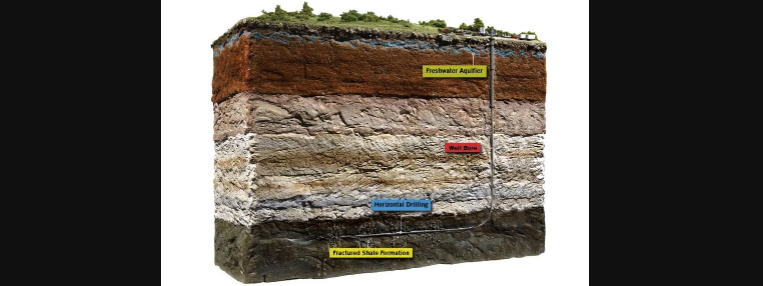EIA: U.S. Crude Production Doubled Since 2010 Because Of Horizontal Wells
More than 80 percent of oil and gas well completions in the United States were horizontal or directional in 2021, and although the total number of completed wells has fallen since 2010, U.S. crude oil production has more than doubled thanks to horizontal drilling, the Energy Information Administration (EIA) said on Thursday.
Last year, 81 percent of completed wells in the oil and gas industry were horizontal or directional, compared to just 19 percent of completed vertical wells, the EIA found in its recently added data series on crude oil and natural gas well completions and drilled footage for U.S. wells completed since 2010.
The number of completed oil and gas wells fell by 66 percent between 2010 and 2021. Total drilling length also dropped, by 30 percent. However, U.S. crude oil production has more than doubled, and U.S. gross withdrawals of natural gas have increased by 55 percent, the EIA said.
That’s because of technology improvements in the average footage of wells drilled—this footage more than doubled from 7,300 feet per well to 15,200 feet per well between 2010 and 2021.
“Horizontal and directional wells are longer than vertical wells, allowing them to access more geologic formations that contain crude oil and natural gas, which increases those wells’ productivity,” the EIA noted.
Since the August 2020 low in the number of operating rigs in the United States, the rig count has risen every month to reach 636 operating rotary rigs in February 2022, according to EIA’s monthly estimates based on Baker Hughes data.
Source: OilPrice



Leave a Reply
Want to join the discussion?Feel free to contribute!